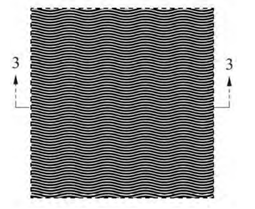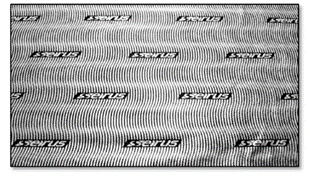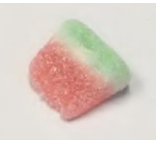The US Court of Appeals for the Federal Circuit affirmed a Patent Trial & Appeal Board unpatentability decision, finding that a combination of prior art references only requires an implicit indication of a reasonable expectation of success. Elekta Ltd. v. Zap Surgical Systems, Case No. 21-1985 (Fed. Cir. Sept. 21, 2023) (Reyna, Stoll, Stark JJ.)
Elekta owns a patent directed to a “method and apparatus for treatment by ionizing radiation.” The claimed invention uses a radiation source such as a linear accelerator (linac) mounted on concentric rings to deliver a beam of ionizing radiation to a target area on the patient. Zap challenged the patent as obvious in an inter partes review (IPR) proceeding. In its Final Written Decision, the Board agreed, concluding that a skilled artisan would have been motivated to combine the asserted prior art references. Elekta appealed.
Elekta raised three arguments on appeal:
- The Board’s findings on motivation to combine were not supported by substantial evidence.
- The Board failed to make any findings (explicit or implicit) on a reasonable expectation of success.
- Even if the Board made such findings, they were not supported by substantial evidence.
The Federal Circuit first considered the issue of motivation to combine the prior art references disclosing radiation imagery with references disclosing radiation therapy, noting that the obviousness determination does not always require the prior art to expressly state a motivation for every obviousness combination. Elekta had challenged the asserted combination based on a physical impracticality in combining the art due to the weight of the linac. The Board, however, disagreed largely because of the level of skill in the art in addition to its definition of the relevant field as one that “includes the engineering design of sturdy mechanical apparatuses capable of rotationally manipulating heavy devices.” The Court found that the Board’s finding of motivation to combine was supported by substantial evidence, including the prosecution history, the prior art teaching and the expert testimony of record.
The Federal Circuit next considered Elekta’s argument that the Board erred by failing to articulate findings on reasonable expectation of success. The Court explained that “an obviousness determination requires finding that a person of ordinary skill in the art would have had a reasonable expectation of success,” referring to “the likelihood of success in combining references to meet the limitations of the claimed invention.” The Court concluded, however, that unlike the motivation to combine determination, which must be an explicit analysis under KSR, a finding of reasonable expectation of success may be implicit. The Court acknowledged that this could be seen as being in tension with its review of Board determinations under the Administrative Procedure Act but concluded that “there is no such tension where the Board makes an implicit finding on reasonable expectation of success by considering and addressing other, intertwined arguments, including . . . those [regarding] a motivation to combine.”
Finally, the Federal Circuit addressed Elekta’s argument that, even if the Board made an implicit finding on reasonable expectation of [...]
Continue Reading
read more

 Subscribe
Subscribe









